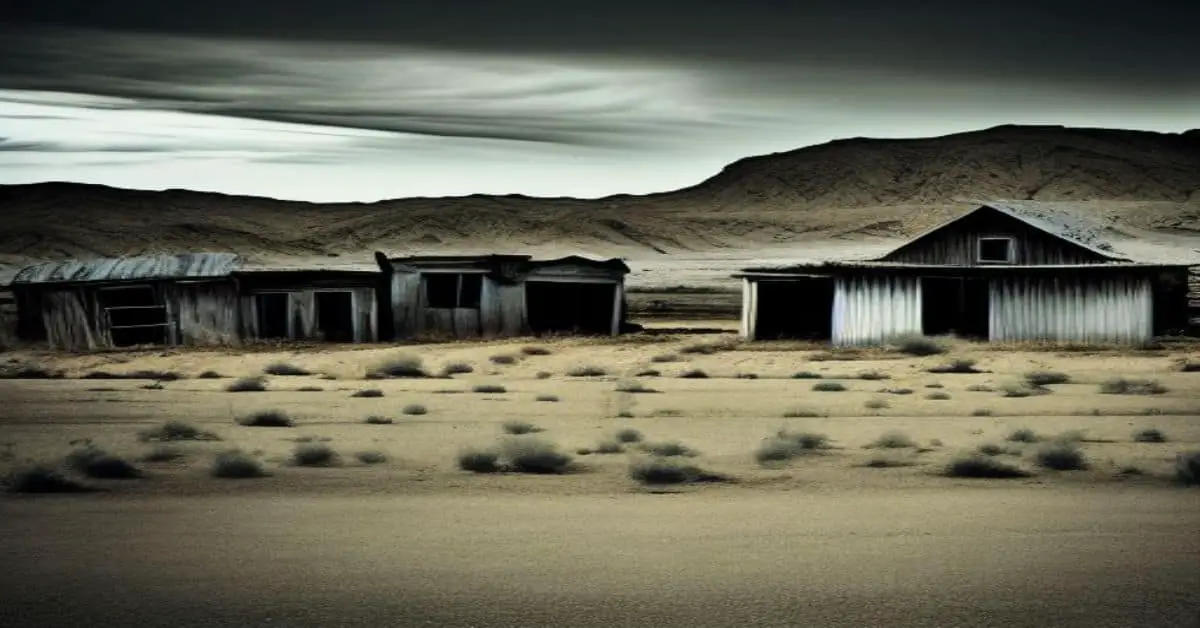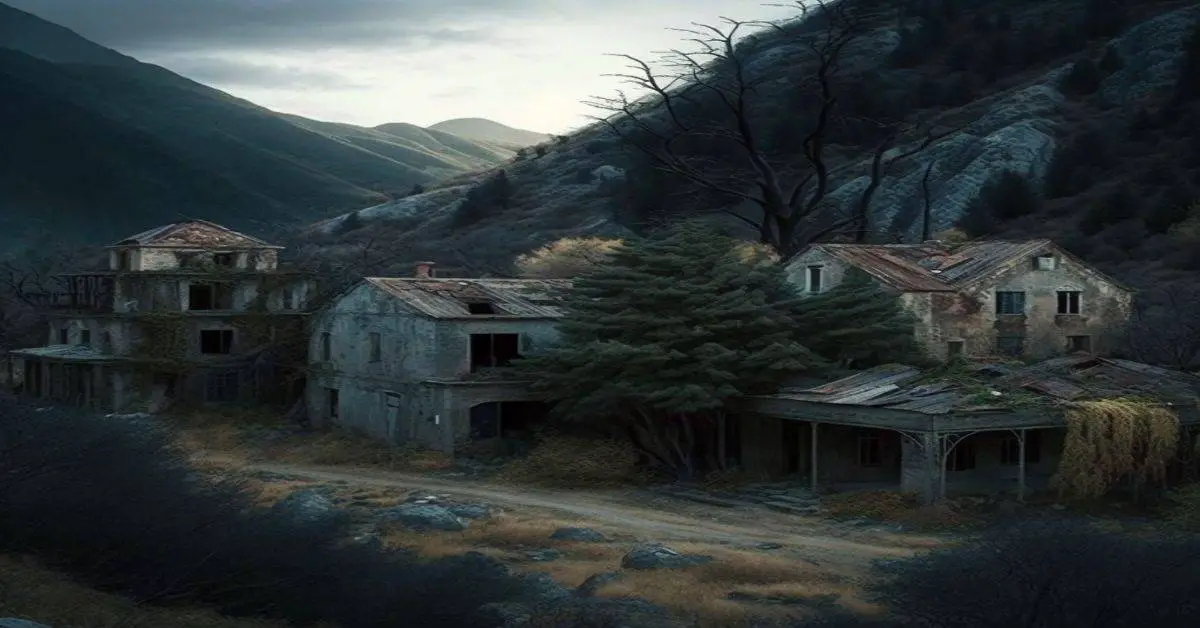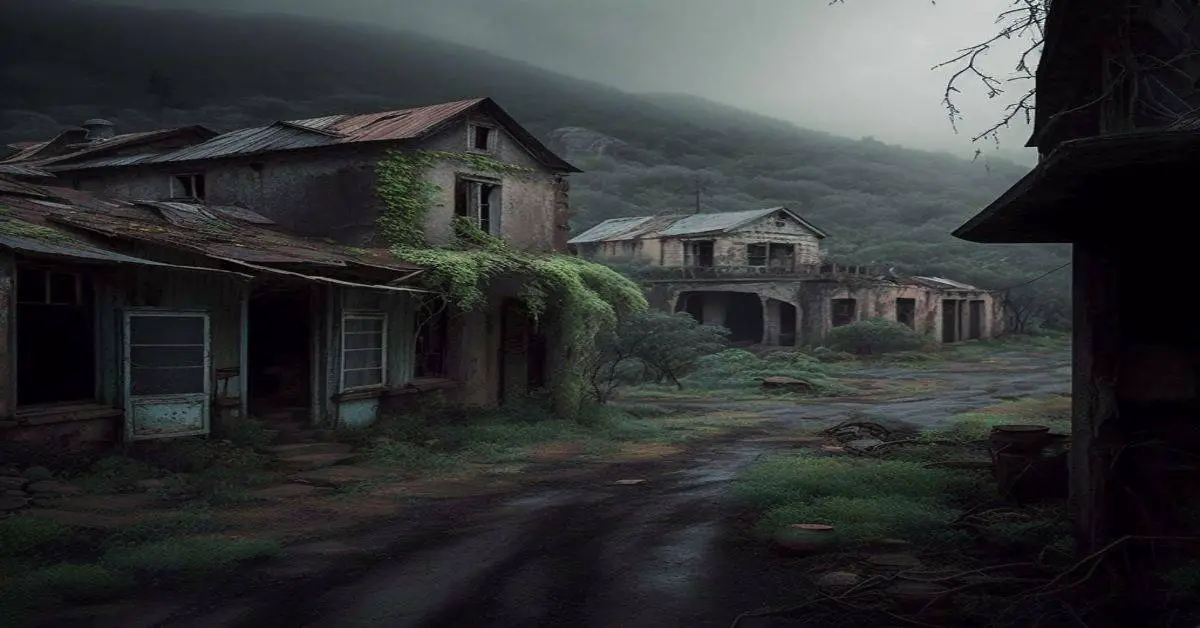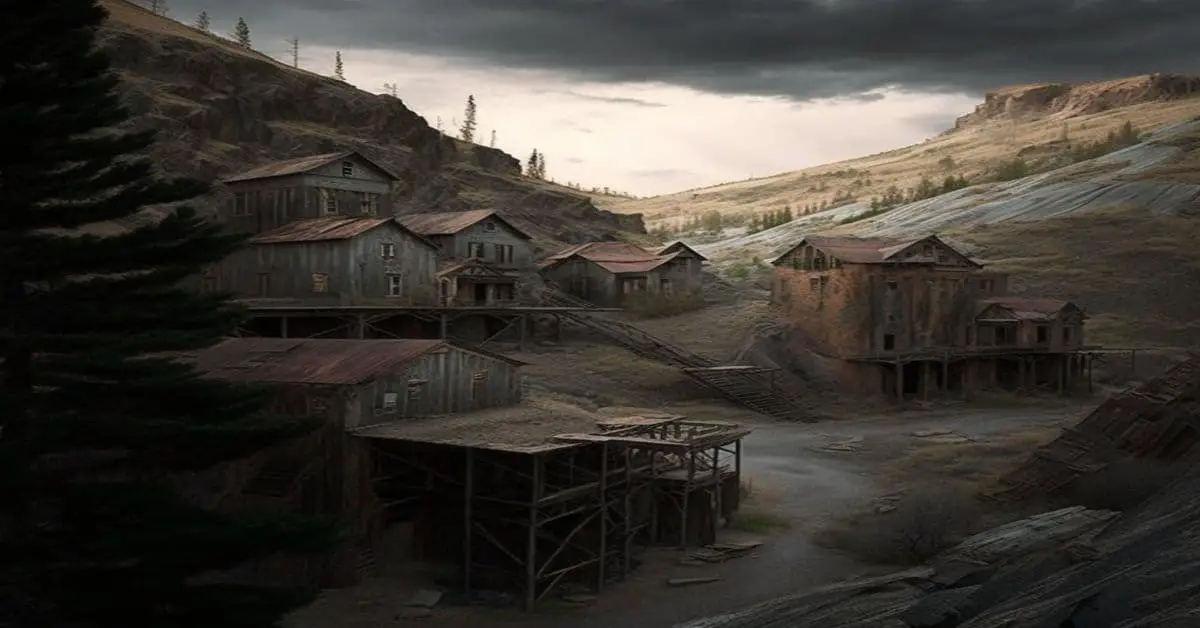Illinois is known for its bustling cities, but it also has a rich history of abandoned ghost towns that will send shivers down your spine. These ghost towns are fascinating for many reasons, from the strange and often tragic stories behind their abandonment to the eerie atmosphere that pervades them. In this article, we’ll take a closer look at some of the most interesting ghost towns in Illinois that you should visit.
The Perplexing History of Illinois’ Ghost Towns
The ghost towns of Illinois are often steeped in mystery and intrigue, with fascinating stories that can send shivers down your spine.
Some were once bustling communities abandoned for unknown reasons, while others were destroyed by natural disasters or fell into disrepair over time. Regardless of their origins, each Illinois ghost town has its unique story to tell.
Bursting with Eerie Atmosphere
One thing that makes Illinois’ ghost towns so interesting is their eerie atmosphere. As you walk through the abandoned streets, you can almost feel the weight of history bearing down on you. Many of these towns are frozen in time, with buildings and artifacts left behind that give a glimpse into the past.
Whether you’re interested in history, architecture, or the paranormal, these ghost towns will captivate your imagination.
A Glimpse into Illinois’ Past
Visiting these ghost towns is like returning to a different era. You can see the remnants of the past in abandoned buildings, storefronts, and even old-fashioned signage. Some towns, like Cairo, were once bustling industry and commerce hubs but have been abandoned for decades.
Others, like Rockwell, were once small rural communities abandoned over time. Whatever their story, each ghost town in Illinois is a testament to the state’s rich history and the people who once called it home.
Cardiff, Illinois
Cardiff was a coal mining town that started in 1899. It grew quickly, but after a mine accident that killed 18 men, the mine closed in 1912, and the town faded away.
Griggsville Landing, Illinois
The US Army Corps of Engineers built levees near Griggsville Landing along the Illinois River. But the following floods ruined the town; businesses had to close over time, and homes were abandoned.
Brownsville, Illinois
Brownsville was once the county seat of Jackson County, but it had some bad luck. The town lost its county seat when the courthouse burned down in 1843. And then, terrible flooding happened, making the town largely deserted.
Vishnu Springs, Illinois
Vishnu Springs was a popular resort town in the early 1900s because the springs there were said to have healing powers. The Capitol Hotel was built to accommodate visitors. But when the original owner left, the town declined and became completely abandoned by the 1920s.
Wanborough, Illinois
An English settler founded Wanborough in 1818, but he drowned just a few years later. The town also struggled because of competition from nearby towns and eventually vanished.
Benjaminville, Illinois
Benjaminville was founded by Quaker families in 1856 and was popular among Quakers because of its churches and other businesses. But when new railroads didn’t pass through the town, people and businesses moved elsewhere. All that’s left of Benjaminville now is an old meeting house.
Kaskaskia, Illinois
Kaskaskia was a French colonial town with a peak population of over 7,000. In 1881, the town was destroyed when the Mississippi River changed course. The town was rebuilt but had to be evacuated during the Great Flood of 1993. Only nine people live there now.
Clayville, Illinois
Clayville was a thriving town in the 1830s and 1840s because of its successful tavern that served stagecoach travelers. But with the rise of railroads, the town declined. Even when the roads were paved and became Route 125, the area continued deteriorating and was eventually abandoned.
Cairo, Illinois
Cairo is a weird mix of a ghost town and a still-inhabited town. It’s located in southernmost Illinois and was a bustling town in the 1920s and 1930s. But then the Great Depression hit, and things started to get worse. People became violent, and in 1937, Cairo had the highest murder rate in the state.
Back then, around 15,000 people lived there, with 1,000 of them working as prostitutes. A few fires in the early 1940s and high unemployment after World War II made Cairo a hot spot for organized crime. Racial tensions and racism also caused many to leave after the Civil Rights Movement in the 1960s. Today, only 2,800 people live in Cairo.
Shawneetown, Illinois
Shawneetown (now known as Old Shawneetown) was founded in 1748 by the Pewoki Shawnee. Lewis and Clark even stopped by on their famous journey. Shawneetown was home to the first chartered bank in Illinois, but it also had a big problem: it was located right on the Ohio River, which often flooded. In 1937, a huge flood destroyed the town, and only a few hundred people still live there today.
Benld, Illinois
Benld was founded in 1903 and is named after its founder, Benjamin L. Dorsey. As of the 2010 census, about 1,550 people live in Benld. This town may sound familiar if you’ve ever visited the Field Museum in Chicago. In 1938, a meteorite landed in Benld, marking only the third meteorite landing in Illinois since records have been kept.
The meteorite hit a roof of a business and a car’s front seat, and you can now see pieces of both at the Field Museum in Chicago.
Buda, Illinois
Buda is a town built around the railroad and named after Buda, Hungary, by the railroad authorities. Wheat farming was also a big industry there. While some people still live in Buda, with about 538 residents, many buildings are boarded up, making it feel like a ghost town. The old railroad depot still stands, and the residents know the town’s history.
Please note that people still live in these towns, so if you visit, be respectful and mindful that they may seem small and abandoned, but they’re not.
Conclusion
If you’re looking for an adventure that’s out of the ordinary, consider visiting one of Illinois’s many eerie ghost towns. From the strange stories behind their abandonment to the spooky atmosphere that pervades them, these towns offer a glimpse into a fascinating and often tragic past. So pack your bags, bring your camera, and prepare for a journey you won’t soon forget!



